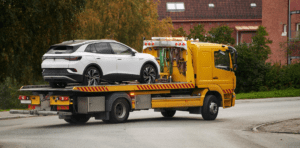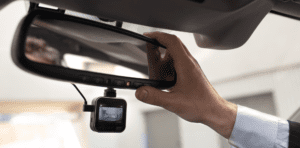Compare cheap car insurance
✔ Compare cheap car insurance quotes
✔ Over 110 insurance providers
✔ Get a quote in minutes
✔ Save up to £504*
In the UK, where heavy rainfall and storms are frequent, flooding poses a significant risk. This risk extends beyond homes and businesses, potentially causing severe damage to cars.
- Does Any Car Insurance Cover Flood Damage?
- How Do I Claim for Flood Damage on My Car Insurance?
- What Damage Can Flooding Do to Your Car?
- What Type of Water Damage Will My Car Insurance Cover?
- Safety Precautions in a Flood
- What to Do if Your Car is Flooded
- What Will Happen to My Car if It’s Damaged in a Flood?
- Frequently asked questions
It raises a crucial question: does your car insurance actually protect against flood damage?
Does Any Car Insurance Cover Flood Damage?
Understanding Your Coverage
Not every car insurance policy includes protection against flood damage. However, if you have a fully comprehensive car insurance policy, you’re more likely to be covered for such events.
Conditions and Exclusions
Even with fully comprehensive cover, it’s essential to thoroughly review your policy’s terms and conditions. Coverage often depends on whether you’ve taken reasonable steps to safeguard your vehicle.
Categories of Flood Damage
Insurance providers typically classify flood damage into two distinct categories:
Unavoidable Flood Damage
This applies if your car gets flooded in its regular parking spot or in an area where it’s normally safe from such risks.
Avoidable Flood Damage
Conversely, if you drive into a flood-prone area despite clear warnings or advisories, the damage may be deemed avoidable. In such cases, your policy might not provide cover.
Additional Considerations
It’s important to note that specific policy details can vary significantly between different insurance providers. Some policies might offer partial cover or have specific conditions under which they will or will not pay out.
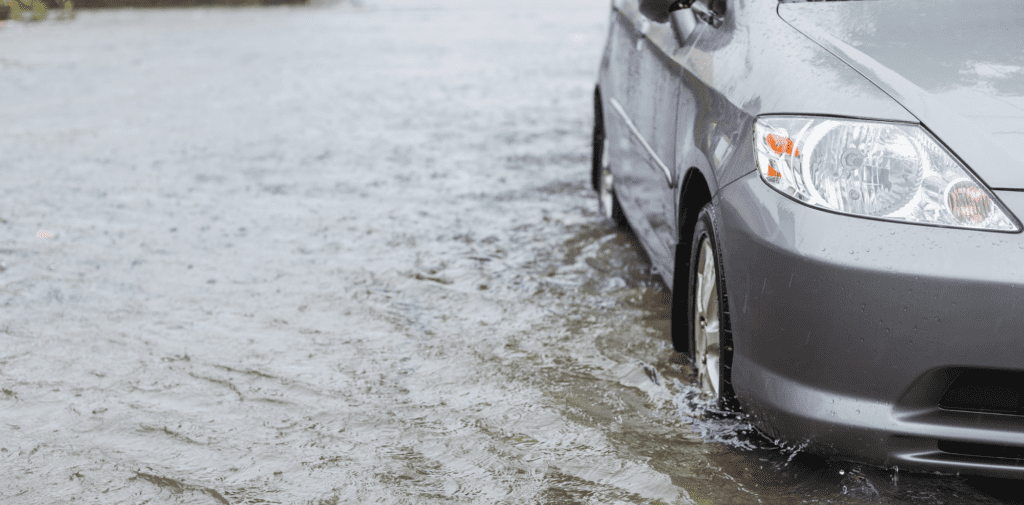

It’s always advisable to directly contact your insurer for detailed information and clarification. Furthermore, in areas prone to flooding, some insurers may offer specialised flood cover as an additional option.
How much can you save on your car insurance?
How Do I Claim for Flood Damage on My Car Insurance?
Initial Steps for Making a Claim
If your car suffers flood damage, it’s crucial to contact your insurance provider as promptly as possible. They will guide you through the next steps in the claims process. Typically, this involves arranging for an approved mechanic to assess the damage to your vehicle.


Cover for Personal Possessions
In addition to the car itself, you might be able to claim for any personal belongings damaged in the flood. This depends on whether your car insurance policy includes personal possessions cover.
If not, and you have such cover under your home contents insurance, you’ll need to make a separate claim with your home insurance provider.
Professional Assistance
It’s important not to attempt drying out the car by yourself. Flood damage repair is a professional task, and your insurer may have specific requirements or a preferred repairer they want you to use.
The same principle applies to any repairs. Not using a recommended mechanic could mean that the work is not covered under your policy.
Required Information for Your Claim
When processing your claim, your insurance provider will need specific details, including:
- Your car’s registration number
- Your insurance policy number
- Evidence of the damage, such as photographs or a video
- The date, time, and location of the flood incident
Understanding the Claims Process
To fully understand how the claims process works, it’s beneficial to read more about it or speak directly with your insurer.
This can include understanding the time frames for submitting a claim, any excess that may apply, and how the claim will affect your future premiums.
Remember, each insurer might have slightly different processes and requirements, so it’s crucial to get this information directly from them.
How much can you save on your car insurance?
What Damage Can Flooding Do to Your Car?
The Impact of Flooding on Cars
Flooding can lead to extensive and severe damage to various parts of your car. Just about a foot of water is enough to make a car float, and a couple of feet of moving water can easily sweep it away.
Attempting to restart the engine after your car stalls in water can exacerbate the damage significantly.
Types of Damage Caused by Water Infiltration
When floodwater enters your car, it can cause a range of problems, including:
- Mould and Rust: The interior of your car can develop mould and rust, particularly if the water remains inside for a prolonged period.
- Contaminated Fluids: Floodwater can contaminate essential fluids like engine oil, brake fluid, or transmission fluid, leading to serious mechanical issues.
- Rusted Suspension Joints: The suspension joints can rust, compromising the car’s stability and safety.
- Malfunctioning Brakes: Water can impair the effectiveness of your braking system, posing a significant safety risk.
- Damage to Electronics: Parking sensors, cameras, external lights, and indicators can all be damaged by water, affecting both the functionality and safety of your vehicle.
Post-Flood Checks and Repairs
It’s advisable to have your car thoroughly checked by a professional mechanic if it’s been driven on flooded roads. This can help identify and address any potential issues before they worsen.
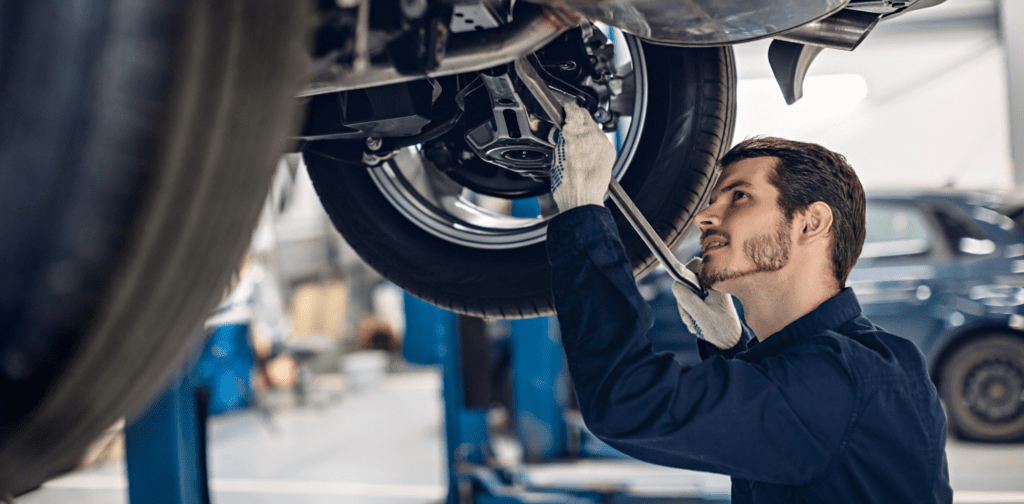

Did You Know?
The type of water involved in the flooding can significantly influence the extent of damage:
- Saltwater: Being more corrosive than rainwater or freshwater, saltwater greatly increases the risk of rust, particularly on the underside of your car.
- Muddy Water: This can cause extensive damage to the car’s upholstery, often necessitating complete replacement.
Preventative Measures and Awareness
Awareness of the potential risks and the specific type of water involved can help in taking preventative measures. Regular maintenance and prompt checks after any flood exposure are crucial in mitigating the long-term effects of flood damage on your car.
How much can you save on your car insurance?
What Type of Water Damage Will My Car Insurance Cover?
Cover Based on Policy Types
The extent of water damage cover in your car insurance largely depends on the specifics of your insurance policy. Generally, fully comprehensive insurance is more likely to cover a broader range of water-related damages. This can include:
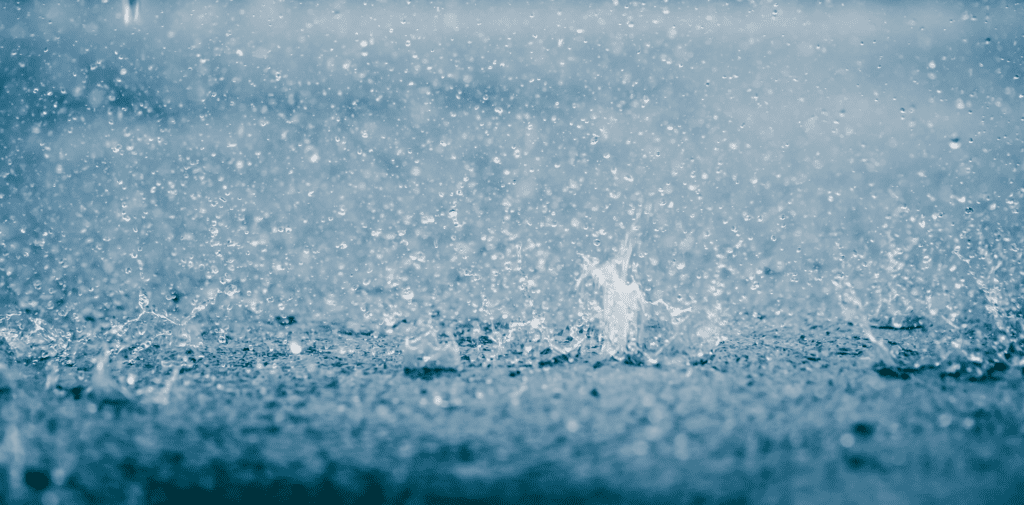

- Engine Damage: Coverage for any water-induced damages to your car’s engine.
- Upholstery and Entertainment Systems: Repairs or replacements for damaged interiors and in-car entertainment systems.
- Child Car Seats: If these are damaged due to water, they are often covered.
- Personal Belongings: This is contingent on whether your policy includes personal possessions cover.
Classifying Flood Damage
Insurance providers typically categorise flood damage into two groups:
Unavoidable Flood Damage
This covers situations where the flood damage occurred under circumstances beyond your control, such as when your vehicle is parked.
Avoidable Flood Damage
In instances where the insurer determines that the flood damage was avoidable (for example, if you drove into a flooded area despite warnings or without knowing the depth of the water), they may refuse to provide cover.
Checking Your Policy for Specifics
If you have concerns about flooding and the extent to which your car is protected, the best course of action is to directly contact your car insurance provider. They can offer specific information regarding:
- Exclusions and Limitations: Understanding what is not covered is as important as knowing what is.
- Policy Add-ons: In some cases, additional cover for specific types of water damage may be available at an extra cost.
- Risk Assessment: Your provider can also advise on how your location or car model might affect your risk level and cover for flood damage.
Additional Recommendations
It’s also advisable to review the policy annually and after any major weather events in your area that could affect the terms or requirements of your cover.
Keeping up-to-date with these details ensures that you are adequately protected and aware of any changes that might impact your cover in case of water damage.
How much can you save on your car insurance?
Safety Precautions in a Flood
Proactive Measures to Stay Safe in a Flood
In severe weather conditions, the safest option is often to avoid driving altogether. However, flash floods can occur unexpectedly, necessitating certain safety precautions:
Stay Informed About Weather Conditions
- Regularly check for weather warnings. The Environment Agency provides updates and alerts for areas at risk of flooding.
- If your area is prone to flooding, consider moving your car to higher ground as a preventative measure.
Avoid Driving into Floodwaters
- Resist the temptation to follow other cars into floodwater. The depth and underlying hazards are often deceptive, and there’s a risk of stalling or being swept away.
Driving in Wet and Rainy Conditions
- For more comprehensive advice, explore our tips on driving safely in wet and rainy conditions.
Legal Implications of Reckless Driving in Floods
Splashing Pedestrians or Cyclists
- In the UK, deliberately driving through puddles to splash pedestrians or cyclists is considered a motoring offence. This can result in a £100 fixed penalty notice and three penalty points on your driving licence.
Potential for Prosecution
- If your driving is deemed especially selfish or aggressive, such as splashing pedestrians or cyclists, you could face prosecution. In severe cases, this can lead to charges of up to £5,000.
Driving Considerately in Adverse Weather
It’s crucial to adjust your driving style in adverse weather conditions. Slowing down and being mindful of pedestrians and cyclists can prevent accidents and avoid legal repercussions.
Additionally, understanding the specific risks associated with driving in flooded areas, such as hidden road damage, reduced visibility, and the potential for aquaplaning, can further enhance safety.
Always prioritise safety over speed or convenience, especially in challenging weather conditions.
How much can you save on your car insurance?
What to Do if Your Car is Flooded
Immediate Actions in a Flooding Situation
When confronted with a situation where your car is stuck in or affected by flood water, it’s crucial to prioritise safety and prevent further damage to the car.
Seeking Assistance for Towed Cars
- If your car is immobilised in flood water, it may require towing to a garage. Utilise your breakdown cover if you have it, and contact your provider for assistance.
Handling a Submerged Car
- In cases where your car is submerged, avoid trying to start the engine, particularly if the water has only recently subsided. Starting the engine can lead to water and mud entering the system, causing additional damage.
Safety Inside a Flooded Car
Staying Inside the Car
- If you find yourself stuck inside a flooded car, it’s often safer to remain inside and call for help. Exiting the car in deep or fast-moving water can be dangerous.
Hazardous Water Composition
- Bear in mind that floodwater can contain harmful bacteria, especially when sourced from overflowing drains and sewers. Avoiding contact with this water is important for your health.
Driving Through Floodwater
Understanding the Risks
- Driving through floodwater carries significant risks. driving safely through flood water must be done cautiously.
Car Inspection Post-Flooding
- After experiencing a flood, it’s advisable to have your car inspected by a professional mechanic. This inspection can help identify any hidden damages caused by the water, especially in electrical systems, brakes, and the engine.
Insurance Claims for Flood Damage
- If your car has been damaged due to flooding, contact your car insurance provider as soon as possible to discuss the possibility of making a claim. Understanding your policy’s cover for flood damage is crucial.
Preventive Measures
Monitoring Weather Forecasts
- Keeping an eye on weather forecasts can help you anticipate and avoid situations where flooding might occur, especially during seasons prone to heavy rainfall or storms.
Vehicle Preparedness
- Equip your car with emergency supplies, such as a first-aid kit, a flashlight, and a charged mobile phone, which can be invaluable in case of emergencies like floods.
Following these guidelines can help mitigate the risks and impacts associated with car flooding, ensuring both your safety and the preservation of your car.
How much can you save on your car insurance?
What Will Happen to My Car if It’s Damaged in a Flood?
Assessment of Flood Damage
When your car sustains flood damage, the first step is a thorough assessment by your insurance provider to determine the extent of the damage. This evaluation will decide whether the car can be repaired or is considered a total loss.
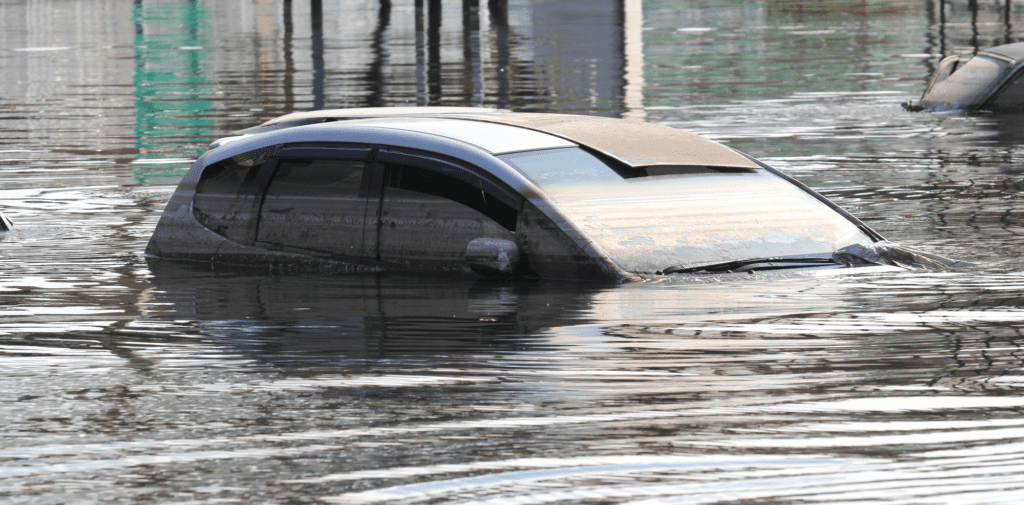

Determining a Total Loss
- The decision of whether a car is a write-off depends on the severity of the damage. Factors like water level, duration of submersion, and type of water (freshwater or saltwater) play a crucial role.
Options for a Write-Off
Replacement Policies in Comprehensive Insurance
- Many comprehensive insurance policies offer a new car replacement feature for cars that are less than 12 months old. It’s important to check your policy details to confirm this.
Understanding GAP Insurance Benefits
- If you have GAP insurance, this may provide additional cover, allowing you to claim for a replacement car even if your car is older than a year. GAP insurance covers the difference between what your regular car insurance pays out and the original purchase price of the vehicle.
Process After a Car is Declared a Total Loss
Insurance Payouts
- If your car is deemed a total loss, your insurance provider will typically offer a payout based on the car’s market value at the time of the flood.
Buying a New Car
- The payout can be used towards buying a new car. It’s crucial to understand that the amount may not always cover the cost of an equivalent new car, especially if the car has depreciated in value.
Handling Remaining Finance
- If the car is on finance, the payout may be directed towards settling the remaining balance. In cases where the payout is less than the owed amount, GAP insurance can be beneficial.
Steps to Follow After Flood Damage
- Document the Damage: Take photos and make a detailed list of damages for insurance purposes.
- Contact Your Insurer: Do this as soon as possible to initiate the claims process.
- Avoid Driving: If the car is operational, it’s still advisable not to drive it until a professional has inspected it for safety.
- Keep Records: Maintain all records of communication with your insurer and any repair estimates or invoices.
Dealing with a car damaged in a flood can be a complex process, but understanding your insurance policy and the available options can make it more manageable.
It’s essential to act swiftly and follow the guidelines set by your insurance provider to ensure the best possible outcome.
How much can you save on your car insurance?
Frequently asked questions
When you drive during a red weather warning, it does not automatically invalidate your car insurance. However, the key factor is whether your driving is deemed unnecessarily risky.
The Met Office issues a red warning to indicate expected dangerous weather conditions that could pose a risk to life. While there are no specific legal prohibitions against driving in such severe conditions, it is highly advisable to avoid travelling unless absolutely necessary.
If, after an incident, your insurance provider concludes that you acted recklessly or ignored official safety warnings, they are likely to reject any insurance claims related to the event.
This is because driving under a red warning often implies taking avoidable risks, which can be seen as a breach of your duty to act responsibly as a driver.
Therefore, it’s crucial to consider the severity of the weather and any issued warnings before deciding to drive, as this can significantly impact your insurance cover in the event of an accident or damage.
A flash flood is an extremely rapid flooding event. It occurs when heavy rain falls so intensely and quickly that the ground is unable to absorb it all or when drainage systems are overwhelmed. This leads to roads and other areas becoming quickly inundated with fast-moving water.
The danger of severe flash flooding lies in the strength of the water’s current. It can be powerful enough to sweep away vehicles, making it a particularly perilous situation for drivers.
Due to the sudden nature of these floods, they often leave little time for preparation or evacuation, underscoring the importance of staying alert to weather warnings and avoiding travel during severe weather conditions.
Aquaplaning, also known as hydroplaning, occurs during heavy rain or in flooded conditions when a car is moving at speed. In these situations, water builds up under the tyres faster than it can be pushed away.
This creates a thin, slippery layer of water between the tyres and the road surface, leading to a loss of traction. As a result, the tyres can’t grip the road properly, making it difficult to steer, brake, or accelerate effectively, increasing the risk of losing control of the vehicle.
Experiencing aquaplaning can be both dangerous and alarming. If you find yourself in this situation, the key is to remain calm. Avoid the instinct to slam on the brakes, as this can make the situation worse.
Instead, slowly reduce your speed by gently easing off the accelerator. Keep the steering wheel straight and steady to maintain as much control as possible. This approach can help in regaining traction and stabilising the car.
Remember, the best way to avoid aquaplaning is to drive slowly and cautiously in wet conditions.
When a car is flood-damaged and written off by a car insurance company, it is assigned to a specific damage category.
These categories help determine whether the car can be put back on the road or if its parts can be salvaged and used elsewhere. The category assigned depends on the severity of the flood damage:
Category A: This is assigned to cars that have been completely submerged underwater. Cars in this category are deemed beyond repair, meaning they cannot be sold and even their parts are not allowed to be used.
Category B: If a car’s electrics or mechanics have suffered water damage, it might fall into Category B. Cars in this category are also considered unfit for the road and must be scrapped, but their parts may be salvaged and used in other vehicles.
Category N: This category is for cars with less severe damage. These vehicles can potentially be driven again, but they will require significant repair work before they are roadworthy.
Buying a flood-damaged car comes with high risks. It’s crucial to fully understand what you’re getting into before considering such a purchase.
Make sure you’re well-informed about the extent of the damage and the work required to repair the car, if it’s even possible.
Consulting with a trusted mechanic or automotive expert is advisable to make an informed decision.



